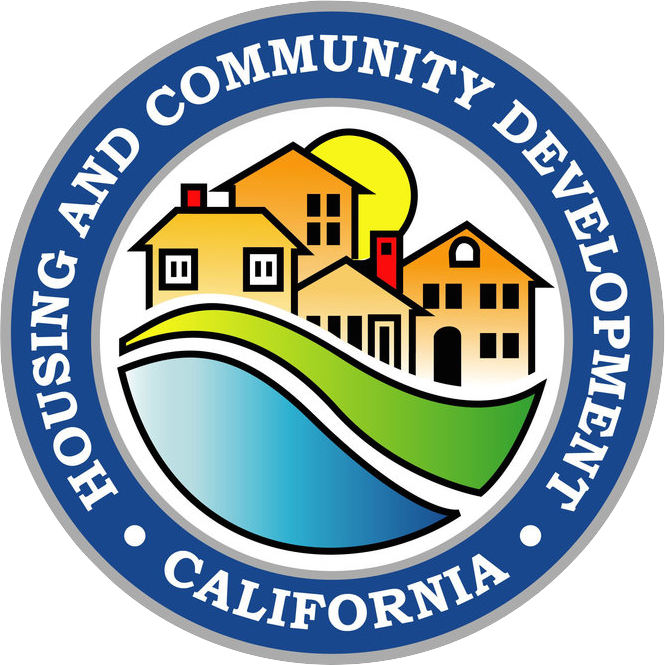Long-term loans for the acquisition, construction, rehabilitation, and preservation of affordable multifamily housing for veterans and their families to allow veterans to access and maintain housing stability.
The VHHP program is included in the Multifamily Finance Super NOFA.
Please note — The VHHP Program does not provide funding directly to individuals. If you are a veteran in need of assistance, please contact the U.S. Department of Veteran Affairs’ Nation Call Center for Homeless Veterans Hotline at 1-877-4AID VET (1-(877) 424-3838) or the California Department of Veterans Affairs.
Notice of Funding Availability
See the Multifamily Finance Super NOFA.
Program Overview
In 2008, California voters approved Proposition 12, the Veteran’s Bond Act of 2008, authorizing $900 million in general obligation bonds to help veterans purchase single family homes, farms, and mobilehomes through the CA Department of Veterans Affairs (CalVet) Home Loan Program. As a result of the nation’s economic crisis and the State’s housing downturn, and the changing demographics of our veterans, the program did not experience the demand originally projected.
In 2013, AB 639 (Chapter 727, Statutes of 2013, Pérez) restructured the Veteran’s Bond Act of 2008 authorizing $600 million in existing bond authority to fund multifamily housing for veterans. With the approval of Proposition 41 on June 3, 2014, HCD, in collaboration with the California Housing Finance Agency (CalHFA) and CalVet, administered a veteran multifamily housing program pursuant to AB 639.
Funds must be used to serve veterans and their families.
“Veteran” means any person who served in the active military, naval, or air service of the United States or as a member of the National Guard who was called to and released from active duty or active services for a period of not fewer than 90 consecutive days or was discharged from service due to a service-related disability. This includes veterans with other-than-honorable discharges.
At least 50 percent of the funds awarded shall serve veteran households with extremely low incomes. Of those units targeted to extremely low-income veteran housing, 60 percent shall be supportive housing units.

